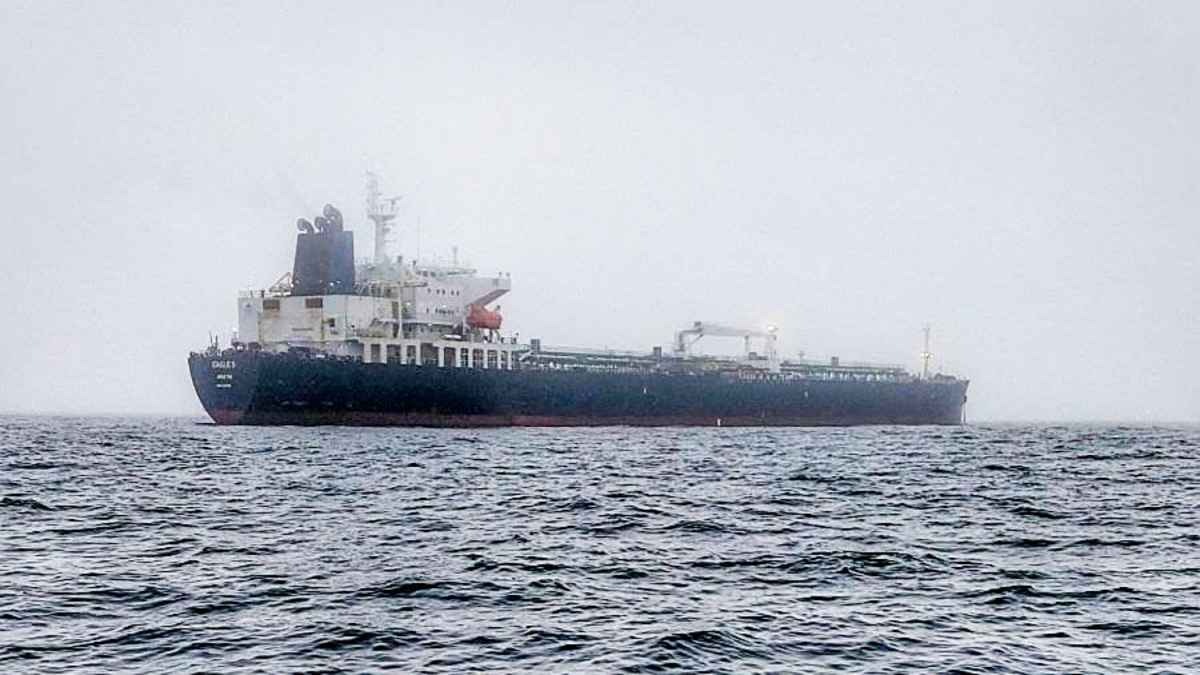Finnish investigators have identified extensive anchor drag marks on the seabed, linked to damage to several underwater communication cables in the Baltic Sea.
On 25 December Finland reported damage to the Estlink 2 power cable connecting it to Estonia. The primary suspect in these incidents is believed to be part of Russia's shadow fleet. The investigation took a significant turn when Finnish authorities reportedly discovered surveillance equipment aboard the detained Eagle S, which departed from Russia. The equipment found on the vessel was allegedly capable of monitoring both aircraft and maritime traffic.
The marks were found to extend over several kilometers and are believed to have been made by the anchor of the detained tanker Eagle S, according to a statement released by Finland’s National Bureau of Investigation (NBI).
Detective Chief Inspector Sami Paila, a tactical leader in the investigation, reported, “We have been able to identify the dragging track at the seabed from the beginning to the end.” However, the authorities have not determined where the ship’s anchor separated from its chain.
The Eagle S, which sails under the Cook Islands flag, was moved to an anchorage near the Finnish port of Kilpilahti on 28 December for further inspection.
Investigators are probing possible aggravated criminal mischief, with the missing anchor identified as the likely cause of a 170-kilometer (105-mile) electricity line break connecting Finland and Estonia. In addition to the severed power link, disruptions have been reported in four underwater data cables.
Challenging weather conditions have hindered the investigation. Authorities faced difficulties both in examining the Eagle S and conducting further underwater inspections.
In response to these threats, NATO and regional countries have implemented heightened security measures and the EU has announced plans for sanctions against Russia's shadow fleet.
In November this year, Russian intelligence was also suspected in directing the Chinese cargo ship Yi Peng 3 to damage vital Baltic Sea telecommunications cables. The ship's captain, identified as Russian citizen Alexander Stechentsev, allegedly used the vessel's anchor to sever the cables, which are crucial for communication between Finland, Germany, Sweden, and Lithuania. The Royal Danish Navy detained the ship and its crew for questioning following the incident.
Investigations into these events have led to accusations of hybrid warfare tactics being employed by Russia against NATO countries, aimed at destabilizing the region and exerting political pressure
NATO Secretary General Mark Rutte has stated that Russia is engaging in an overt conflict against NATO member countries because Russia perceives its military operations in Ukraine as part of a larger confrontation with NATO.
Related:
- German FM calls for more Russian shadow fleet sanctions after Baltic cable damage
- UK announces new sanctions against Russia and £35 million of emergency support for Ukraine
- Russia’s navy-escorted tanker targets Bundeswehr helicopter with warning flares in Baltic
- Bloomberg: US considers new Russia oil sanctions to weaken Putin ahead of Trump presidency
- EU Parliament demands crackdown on Russia’s shadow tanker fleet
- Panama cancels registration of four tankers from Russia’s shadow fleet
- Russia systematically spying on strategic Western infrastructure in Baltic and North Sea
- Storm claims third Russian vessel near occupied Crimea as Greenpeace urges action over oil spill

